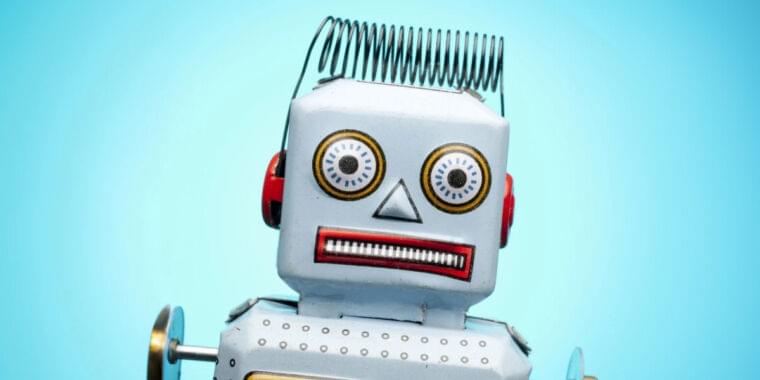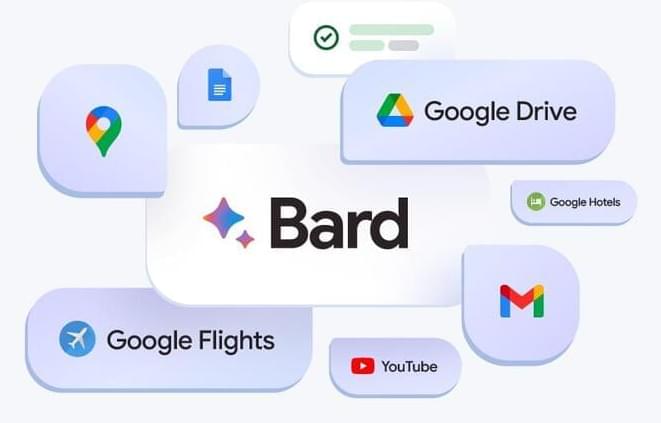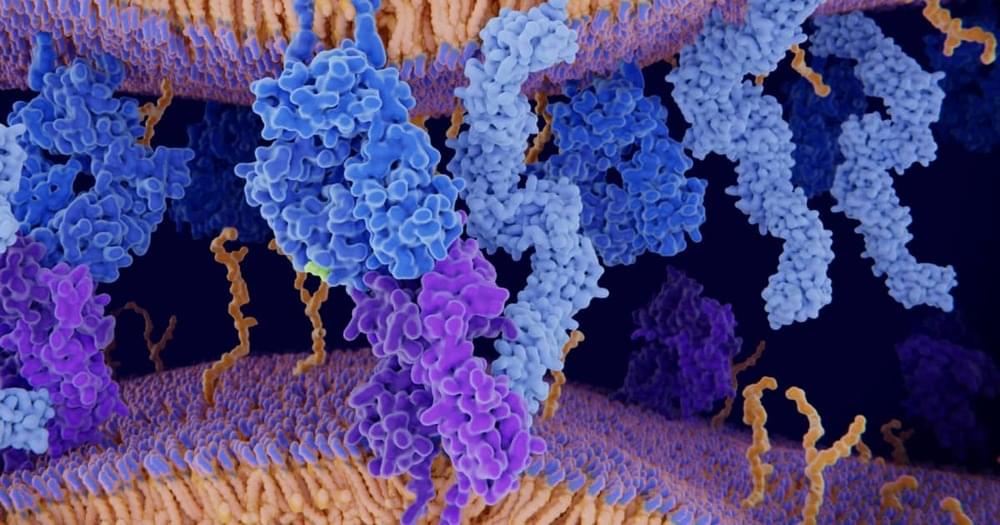Fresh from solving the protein structure challenge, Google’s deep-learning outfit is moving on to the human genome.



Google DeepMind researchers recently developed a technique to improve math ability in AI language models like ChatGPT by using other AI models to improve prompting—the written instructions that tell the AI model what to do. It found that using human-style encouragement improved math skills dramatically, in line with earlier results.
In a paper called “Large Language Models as Optimizers” listed this month on arXiv, DeepMind scientists introduced Optimization by PROmpting (OPRO), a method to improve the performance of large language models (LLMs) such as OpenAI’s ChatGPT and Google’s PaLM 2. This new approach sidesteps the limitations of traditional math-based optimizers by using natural language to guide LLMs in problem-solving. “Natural language” is a fancy way of saying everyday human speech.

A team of researchers in Japan claims to have figured out a way to translate the clucking of chickens with the use of artificial intelligence.
As detailed in a yet-to-be-peer-reviewed preprint, the team led by University of Tokyo professor Adrian David Cheok — who has previously studied sex robots — came up with a “system capable of interpreting various emotional states in chickens, including hunger, fear, anger, contentment, excitement, and distress” by using “cutting-edge AI technique we call Deep Emotional Analysis Learning.”
They say the technique is “rooted in complex mathematical algorithms” and can even be used to adapt to the ever-changing vocal patterns of chickens, meaning that it only gets better at deciphering “chicken vocalizations” over time.
The Toyota Research Institute (TRI) has unveiled a ground-breaking generative AI method that enables the rapid and efficient teaching of new and improved dexterous skills to robots.
This is according to a press release by the organization published on Tuesday.
“We’ve had a bit of a breakthrough.” Toyota, MIT and Columbia Engineering have shown off wild results from a new AI learning approach that massively accelerates how quickly robots can acquire new skills. It looks like a ChatGPT moment for robotics.
A new factory will produce the human-centric, multi-purpose robot “Digit” at scale in the U.S.
Agility Robotics, creator of a groundbreaking bipedal robot called Digit, has revealed that the company is opening RoboFab, a robot manufacturing facility in Salem, Oregon with the capability to produce more than 10,000 robots per year.

Google’s Bard AI chatbot is no longer limited to pulling answers from just the web — it can now scan your Gmail, Docs, and Drive to help you find the information you’re looking for. With the new integration, you can ask Bard to do things like find and summarize the contents of an email or even highlight the most important points of a document you have stored in Drive.
There’s a whole range of use cases for these integrations, which Google calls extensions, but they should save you from having to sift through a mountain of emails or documents to find a particular piece of information. You can then have Bard use that information in other ways, such as putting it into a chart or creating a bulleted summary. This feature is only available in English for now.


Time to link up or shut up.
Sept 19 (Reuters) — Billionaire entrepreneur Elon Musk’s brain-chip startup Neuralink said on Tuesday it has received approval from an independent review board to begin recruitment for the first human trial of its brain implant for paralysis patients.
Those with paralysis due to cervical spinal cord injury or amyotrophic lateral sclerosis may qualify for the study, it said, but did not reveal how many participants would be enrolled in the trial, which will take about six years to complete.
The study will use a robot to surgically place a brain-computer interface (BCI) implant in a region of the brain that controls the intention to move, Neuralink said, adding that its initial goal is to enable people to control a computer cursor or keyboard using their thoughts alone.
